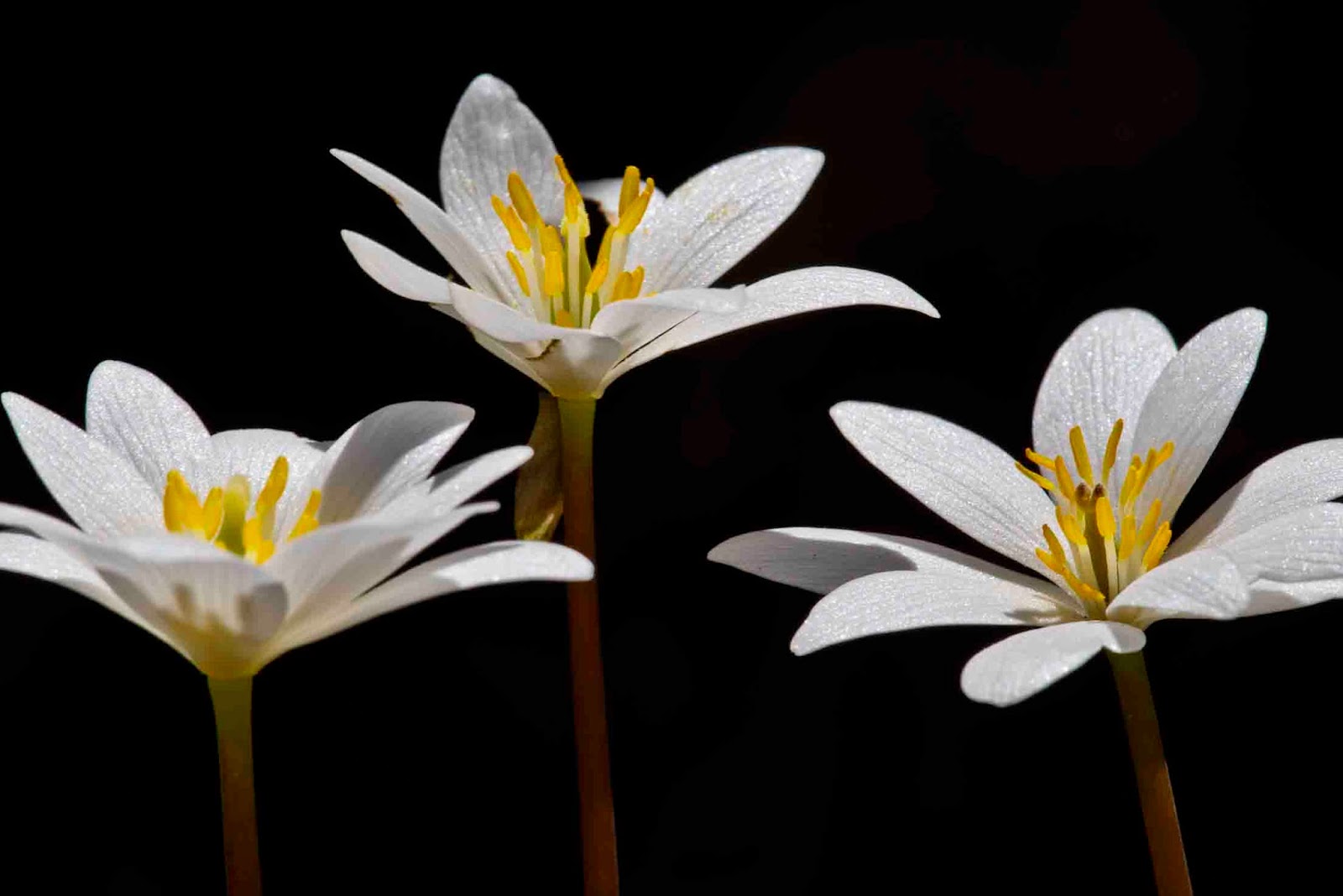Light, in all its forms, is the most essential element that is required for photography. Of course it is visible light for which allows us to see with the human eye as well. Light is nothing more than electromagnetic wavelength visible to the human eye. The wavelength ranges from infrared to ultraviolet or about 400 to 700 nanometres. This electromagnetic wavelength is made up of photons, little energy packets causing changes in molecular bonding or chemistry allowing us to see. As photographers we take light for granted, but we shouldn't for the more you know about and understand light, the better you are at harnessing it in a positive method to improve your images.We say that there are various sources of light, the sun, a flash, a lightbulb, etc. and we further say that light has a direction from which it emanates, in front of the subject, to the side of the subject, in back of the subject, from on top or on bottom. Finally we refer to light and color in. terms of its temperature, warm versus cold (that is why you camera has different settings for different types of light as it relates to temperature), daylight versus overcast. etc. Light and color also has a luminance (brightness) and a hue (color palette), and intensity (saturation). The new digital cameras are designed to take advantage of all these various aspects of light, yet I am amazed at how individuals just get their camera out of the box and start shooting, without giving any thought to the light profiles saved in the camera for use in various situations. We should and this post, the first of several on light, will hopefully demystify the concept of light and camera custom settings.
From a very practical standpoint for photography there are only two types of light, spectacular and diffuse. Spectacular light emanates from a single source and is harsh, strong, pure and directional. It often produces strong contrast with dark shadows. Human skin tones are usually never flattered using this light which is why you will see photographers using deflectors and other efforts to manipulate the subject when shooting outdoors in the middle of the day. This light can be harnessed effectively to make dramatic nature images or it can be a hindrance, such as the old adage of keeping the sun behind your shoulder when composing a photograph. Because spectacular light is directional, you can take advantage of this property by taking some time to think about your subject and how it can be highlighted with spectacular light. Everyone has probably heard of "Rembrandt" lighting where there is a rim of light behind that outlines the subject and provides a glow. This type of light arises when the light source comes from behind the subject. Very often however, another source of light is used as the primary light to evenly light the subject (usually diffuse light). The point is that by moving around the subject you can create different effects by harnessing this type of light to make the subject standout from the background.
Since spring is just around the corner perhaps the best way to showcase this is by a flower example or two. In the case of the bloodroot, the source of light comes from directly above the subject (this means lying on your belly looking upward) and you will notice the strong shadows on some of the petals. You will also notice that there is a dark background because it is absent of direct light (and it is in the shade which is naturally darker than the surroundings - again as a result of strong spectacular light). The lighting in this case serves to emphasize these flowers and nothing else. Also notice the high contrast of this image and the pure bright white and yellow colors (make sure you always balance the light to white which is easy in this case with these white petals).
The image of this hepatica is using the same technique and was taken the same day. Note where the shadows arise. In this case the lighting brings out the color of the flower but more importantly the hairs on the stem and sepals of those yet to open. One key thing to remember when using this technique is to keep the source of light from hitting the front element of the lens. A lens shade or hood is essential but in some cases you can still get lens flare and I have used my hand, a baseball cap, a leaf and a whole lot of other things to keep the light from hitting the front element.
Finally here is an image using the "Rembrandt" lighting with sandhill cranes whereby the light is creating this halo effect around the birds.
The next post we will begin to discover diffuse light, particularly with use on wildflowers.



No comments:
Post a Comment